Press Release | March 31, 2018
Brought to you by Continental Tires
Today we are going to delve deep inside of your motorcycle tires and specifically explain the difference between Radial and Bias-Ply tires.
A tire is not only made of rubber, it has an internal structure that acts as a skeleton, or a chassis. If it didn’t, it wouldn’t be able to contain the internal pressure and would tear apart.
To provide insight, we can zoom inside and see the cross section of a radial tire, ContiSportAttack 2 .
1st and 2nd are reinforcement layers that provide stability to the tire. 3rd is the carcass that provides stiffness to the tire structure and holds the air located inside the tire and the rim when it is tubeless. 4
th are the bead wires, two circular covered steel wires that provide strength and provide an air tight seal with the rim.
The materials used for the body cords are usually fabrics like: rayon, nylon, carbon fiber, and metals like steel.
Let’s start with some history about motorcycle tires. The first tires in the market were the bias-ply construction type. Back then, vehicles were much heavier than today, and all of them used high profile tires. For these reasons bias-ply tires were a good option because they provide reinforced structures with a high number of body plies to provide extra strength/reinforcement.
During the old days, bias-ply tires required a lot of plies, which contributed a lot of weight. The layers created a lot of friction that could cause the tire to tear apart. This limited the speeds that they could safely operate at.
Through the years, newer and lighter bias-ply tires were developed until the day when radial carcass tires were created. With this new kind of tire construction, a stronger structure was achieved even on lower profile tires.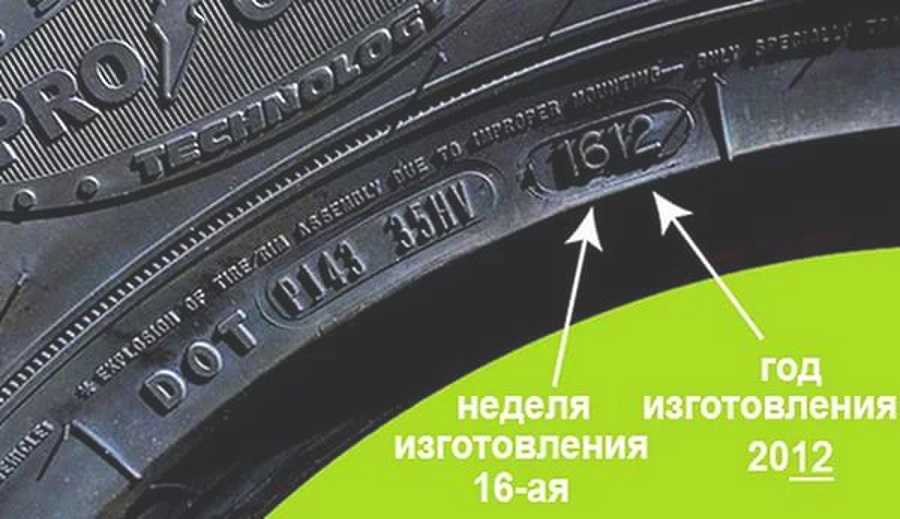 Nowadays both types of construction are still used; basically one is used over the other depending on the kind of usage for the tires.
Nowadays both types of construction are still used; basically one is used over the other depending on the kind of usage for the tires.
The definition of radials and bias-ply tires is very surreal. The meaning comes from its layers and orientations.
In this illustration, we can see the layers layout for a radial carcass. They start from the center and go through the exterior circumference (radius).
In this illustration, we can see the layout of the layers in the bias-ply tires, where we can see that a diagonal line would be formed if they came from across the center of the tire.
As we mentioned before, through the years, materials and new techniques of construction have evolved. The bias-ply tires of the past only had “cross ply” made of rayon and nylon.
The bias-ply tires of the past only had “cross ply” made of rayon and nylon.
Today they have evolved to become a bias-ply with belts. In this tire construction, the body plies are crossed through the carcass and new layers to provide stability are added between those body plies and under the tire tread. These “belts” layers provide the rider more stability while riding. These kinds of belts are usually made of Kevlar.
Radial tires have also evolved through the years always with the premise/goal in mind of “weight reduction” and “stronger structure”.
Frequently used in cars and trucks, traditional radial tire construction has a radial carcass and a serial of layers for stabilization above it, to give more strength and comfort while riding.
The last one we have to show is the radial called: ZeroDegree belt. It is the most modern with a lighter structure. It is based with the radial layer of the carcass and a steel belt made with continued wire that surrounds the tire above the radial carcass with a circumferential shape.
If you want to know if you have Radial or Bias-ply tires on your motorcycle, look at the information on the tire’s sidewall.
Radial tire example: 120/70 ZR 17. The “R” means that it has a radial carcass.
Bias-ply tire example: 150/70 B 17 or 150/70 – 17. The “B” or the “-“ dash means that the carcass is bias-ply.
We hope that this helps you better understand the differences between Radial and Bias-Ply tires.
Learn more at https://www.facebook.com/contimotousa/”
For more information on Continental motorcycle tires, please visit: www.ContiMotoUSAblog.com
Click here to read this in the Cycle News Digital Edition Magazine.
Click here for all the latest motorcycle Industry News on Cycle News.
The radial tire vs bias ply debate has been talked about since radial tires appeared on the market.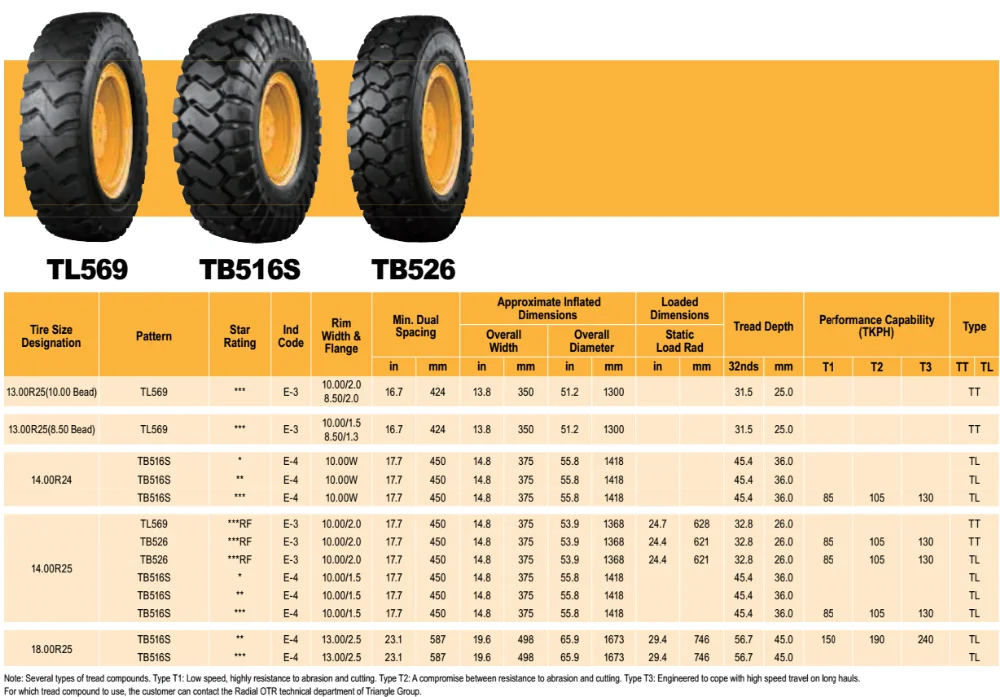 Are radial tires really that much better than bias models?
Are radial tires really that much better than bias models?
In today's society, passenger vehicles demand a lot from their tires - performance, traction, handling, fuel economy, service life, comfort, etc. are all requirements. But, which tire construction can offer all of these?
What is the difference between radial and bias ply tires? Read on and find out!
Bias ply tires, or tires that feature a bias ply placement, have the plies in their internal structure placed diagonally. This diagonal pattern is angled at 30-40 degrees to the center line.
Due to the crisscross pattern of bias ply tire models, they feature thicker sidewalls and narrow footprints. This tire construction type offers better load durability. However, since their sidewalls don't flex, their tread life is affected as the footprint deforms instead.
So, what is a bias ply tire used for?
To put it simply bias ply tires offer better load capacity, which makes them perfect for heavy-duty applications. But, let's talk about their pros and cons in the next section.
But, let's talk about their pros and cons in the next section.
Both radial tires vs bias ply models come with advantages and disadvantages. If it wasn't like that, we would not need to write this blog post!
Therefore, when talking about what these tires provide, the radial vs bias tires debate needs to be scrutinized a bit more. First, let's talk about bias-ply tire models and what they have to offer!
The main difference between bias and radial tires is the placement of the tire plies. How the tire cord structure is set up will greatly affect the tire's performance, durability, and functionality. This is true for both radial and bias tires.
However, a bias-ply tire construction ensures the following advantages:
When comparing prices of bias vs radial tire models, a bias ply tire will always cost less. This is due to the lower manufacturing cost tire brands need to spend to create one bias ply tire, compared to a radial tire.
This is due to the lower manufacturing cost tire brands need to spend to create one bias ply tire, compared to a radial tire.
However, this comes at a price. The treadwear rating of bias models is not the best and their tread life won't last as long as radials'.
Due to the bias ply placement, these tires feature stiffer sidewalls. This makes them perfect to perform as a heavy-duty tire, and even ensures its trailer applications.
For this reason, many construction trucks and trailers are equipped with a bias-ply tire set, as these tires are able to provide the necessary load durability. Stiffer sidewalls ensure straight-line stability, preventing trailer swaying.
As the construction of these specialty tires does not deform, they are capable of handling heavier loads with ease.
Nowadays, bias plies are considered unique tires, yet they are still used. Most specialty tire sets are manufactured with bias-ply cord placements, which are used for heavy-duty machinery.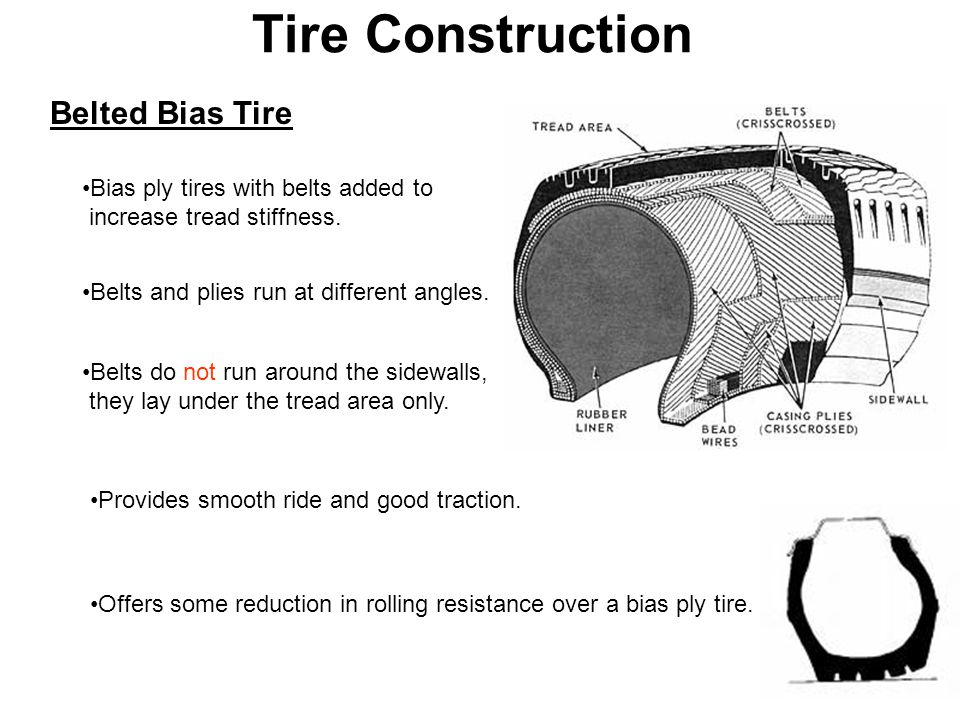 This makes these tires perfect to be created in big tire sizes.
This makes these tires perfect to be created in big tire sizes.
A high flotation tire, a construction tire, and even agricultural tires must offer damage resistance. This protects their structure from external damage throughout their performance, which is especially important for industrial and flotation tires.
Now let's take a look at the issues of a bias-ply tire set.
While the bias-ply structure is perfect for heavy-duty applications, it also comes with its downsides. The main issue with these models (whether they are industrial or trailer tires) is caused by their structure.
The interconnecting plies create a stiff sidewall, but they do not provide the same support to the tread area. This results in an uneven surface contact area, placing different degrees of driving pressure onto various tread areas, which leads to different problems.
First, it shortens the tread life. The stiff structure causes pressure build-up along the tread area, accelerating tread wear.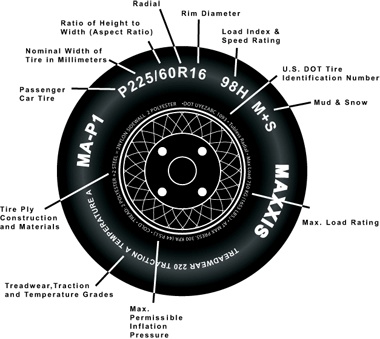 On the other hand, the tread center will bulge out slightly due to load pressure, resulting in irregular wear. This combination greatly decreases a bias-ply tire's service life.
On the other hand, the tread center will bulge out slightly due to load pressure, resulting in irregular wear. This combination greatly decreases a bias-ply tire's service life.
The other issue is the wandering feeling drivers have, which can reduce controllability. The bias structure makes the footprint follow cracks in the pavement while the tires are in motion. This requires drivers to pay more attention to the vehicle and driving conditions to maintain control.
We talked about one side of the bias vs radial tires debate. Let's give the same attention to radial tires.
What is a radial tire?
Radial tires or standard tires (as they are now known) feature structures where the plies are added at 90-degree angles from one bead to the other. This does not create the known crisscross pattern of bias-ply tires.
The radial construction allows minimal sidewall flexing, which improves the passenger car's performance.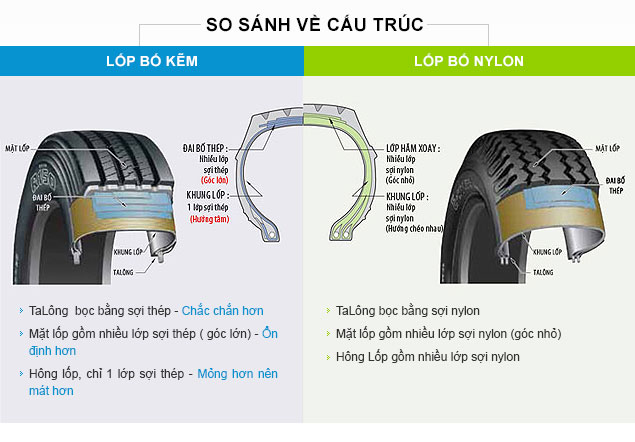 The main reason for this is the heat resistance of radial tires. But, radials also offer other advantages:
The main reason for this is the heat resistance of radial tires. But, radials also offer other advantages:
When it comes to bias-ply tires vs radial models, the difference is overwhelming. Most advantages are in favor of radial tires. But, why? Let's take a look.
Radial ply cords protect the tire's tread area during its performance. These tire models offer better resistance to punctures and cuts that happen during the tire's regular use.
This is thanks to the ply placement of radial tires. A radial tire structure consists of both rubber-coated radial plies and steel belts that protect the tread area and casing from external damage.
The flexibility of radial tire sidewalls ensures better traction. This structure makes sure the tire's entire footprint is in contact with the driving surface, generating traction in its intended conditions.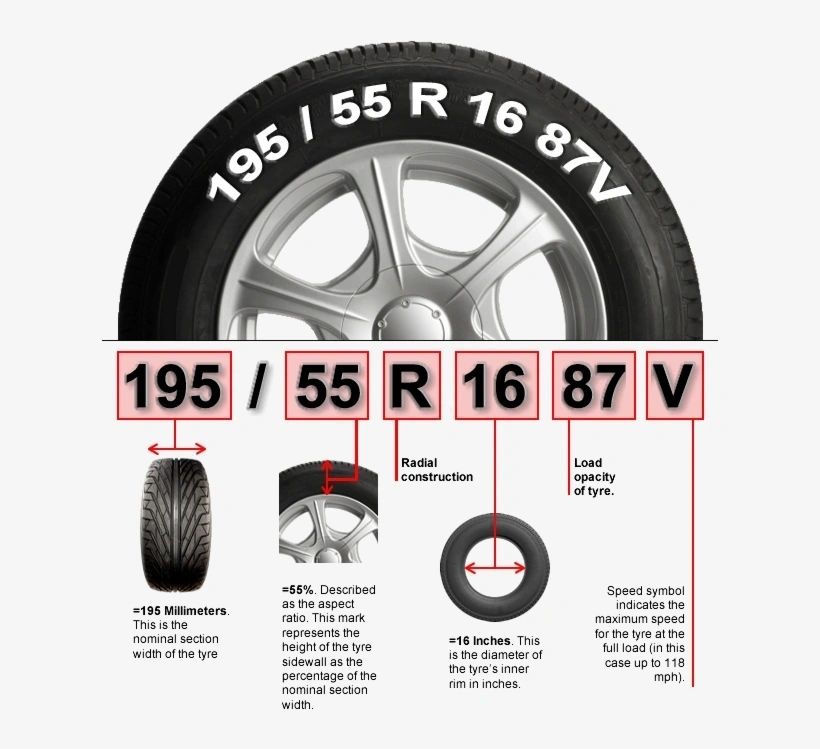
The wider footprint and stabilized tread elements optimize pressure distribution, preventing pressure build-up on certain tread areas. Not only does this increase tread life, but it also optimizes the tire's performance and road grip.
The stable footprint and close road contact of a radial tire guarantee better driving comfort. This is thanks to the reinforced stability of the radial tire's structure, which minimizes road vibrations and noise levels.
When it comes to the comfort levels of radial vs non-radial tires, the difference is easily noticeable. Radial models are able to decrease both vibrations and noise generated while the tires are in motion.
Often a popped tire is the result of heat accumulation, which ruins the tire's integrity. Radial tires help to minimize this occurrence as they are designed to keep cool for longer periods of time.
The stronger structure does not allow heat from building up on sensitive tread areas.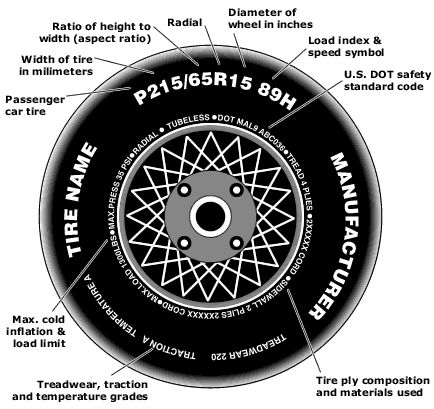 Tire temperatures can be dangerous, as they can cause blowouts if drivers are not careful. Equip your vehicle with a radial tire set to minimize the possibility of this happening.
Tire temperatures can be dangerous, as they can cause blowouts if drivers are not careful. Equip your vehicle with a radial tire set to minimize the possibility of this happening.
Another important feature of a radial tire structure is that it offers lower rolling resistance. The rolling resistance is the pressure that determines the vehicle's fuel intake. By reducing it, fuel consumption and CO2 emission levels are also decreased. This significantly boosts the tire's fuel economy.
Additionally, along with the footprint's stability, lower rolling resistance also helps prevent premature and irregular wear. As they work together and prevent pressure accumulation on sensitive tread areas, the radial tire can easily combat uneven wear.
For these reasons, between bias-ply vs radial tires, radial tire models are more economic and cost-efficient.
Again, the slight flexibility of radial sidewalls boosts controllability.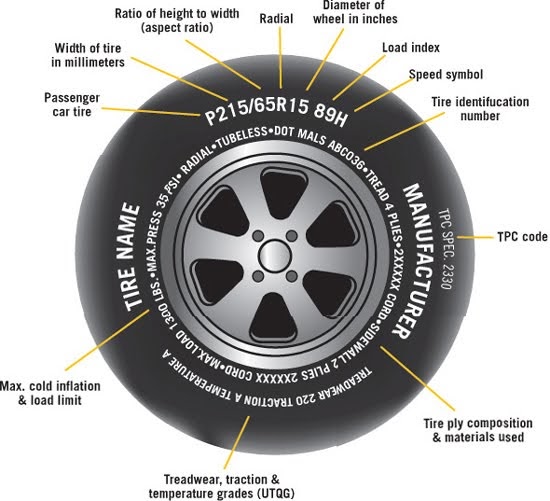 The sidewalls and wider footprints are able to separately function, which optimizes the road contact to boost steering responsiveness and driving stability. This does not matter if we are talking about performance tires or truck tires.
The sidewalls and wider footprints are able to separately function, which optimizes the road contact to boost steering responsiveness and driving stability. This does not matter if we are talking about performance tires or truck tires.
Furthermore, the optimized road contact patch upgrades the tire's maneuvering capabilities as well. Cornering and braking are enhanced with consistent road contact, even when it comes to bigger tires.
Yes, we agree - muscle cars look best with aesthetic tires!
However, in order to get that "look", you don't need to sacrifice ride quality.
A bias tire vs radial tire set will let the muscle car perform differently. The problem is that even modern bias-ply tires for vintage cars do not offer the necessary quality and performance.
Yet, the tire market is vast. Finding a specialty tire set, with beautiful white sidewalls, is not that hard.
Radial tires were not always the norm. Up until the 1970s, bias-ply tires ruled the market. Furthermore, these tires featured the well-known wide white sidewalls that look phenomenal on vintage muscle cars.
Up until the 1970s, bias-ply tires ruled the market. Furthermore, these tires featured the well-known wide white sidewalls that look phenomenal on vintage muscle cars.
However, a demand for more durable tires set bias tire production back and pushed radial models into the limelight. This led to bias-ply passenger car tires becoming almost extinct. They are definitely endangered!
Still, many vintage vehicle owners want the authentic look of a bias-ply tire set. They are in luck!
The specialty tire market still has tire manufacturers who supply such products. These modern bias tires are designed and created with modern rubber materials, more durable cords, and state-of-the-art technologies to ensure their longevity.
Who are these brands? Well, Firestone, BFGoodrich, and U.S. Royal are the tire brands that come to mind.
Yet, there is another way to make vintage cars look authentic!
Some tire brands specialize in creating tires that provide the best of both worlds.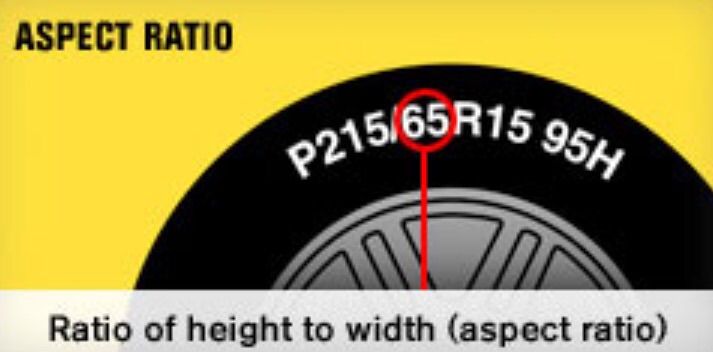 They provide the advantages of both bias-ply and radial structures. Such tire manufacturers create tires that offer the special look of bias models, without their downsides.
They provide the advantages of both bias-ply and radial structures. Such tire manufacturers create tires that offer the special look of bias models, without their downsides.
These tires ensure the durability and handling safety necessary for everyday driving, without ruining the vehicle's aesthetic appeal. Products such as these are DOT approved for highway use.
The only negative we can find with these combination tires is their price. Due to them being classified as specialty tires, buyers will need to dig deeper into their wallets to pay for a set.
One of the categories, where bias tires dominate in the 21st century, is construction. A truck with big tires, which is used for transport, earth moving, or various other construction applications, needs the durability a bias structure offers.
Therefore, in construction, the radial vs bias tire debate is in favor of bias tires.
That is not to say that radial tires are not manufactured for such applications. .. there are just more bias-ply tires designed and produced for these vehicles.
.. there are just more bias-ply tires designed and produced for these vehicles.
Bias-ply tires do not deform under larger loads and offer better flotation capabilities. Two characteristics are crucial for work-site performance. So, equip your construction vehicles with stronger bias models.
The easiest way to tell if a tire is radial- or bias-ply is to look at the tire size. If they are radial tires, the tire sizes will have an R between the aspect ratio and rim diameter numbers. However, when it comes to bias ply tires, their tire size only has a hyphen (-) between those numbers.
Plies are the internal layers that create the tire construction. Depending on the number of plies a tire has in its structure, the tire ply rating will vary. These plies determine load and driving durability, as they are responsible for maintaining the optimal shape.
The ply rating on tires is located on their sidewall. Most tires for passenger cars feature a 4-ply rating, while light and commercial truck tires offer better durability. Heavy-duty truck tires are usually available with ply ratings starting at 10 and going up.
Most tires for passenger cars feature a 4-ply rating, while light and commercial truck tires offer better durability. Heavy-duty truck tires are usually available with ply ratings starting at 10 and going up.
The load index on tires shows the load durability of each individual tire. This is a number system that corresponds with the lbs one tire construction can handle. The load capacity of each tire should not be exceeded in order to ensure the tire's safer driving experience.
Close
Moscow and region
Tires are one of the most important inventions of all mankind. It is worth noting that a modern car would not have become such a successful and efficient vehicle without pneumatic tires. Outwardly, the tires are little different from each other, with the exception of the tread pattern and their radius. All of them consist of various rubber compounds and fillers. Some sizzle - others don't. The round shape of the tires is maintained by the carcass. The carcass directly affects many tire characteristics.
Some sizzle - others don't. The round shape of the tires is maintained by the carcass. The carcass directly affects many tire characteristics.
Diagonal frame
Radial frame
Let's consider two types: tires with a diagonal and a radial carcass. Despite the external similarity, they are structurally very different.
Frame
The bias tire has a carcass made of
multi-ply cord. As a rule, the number of layers
is a multiple of two. Textile cords of different layers
are located at an angle of 35° to 40° to each other
and intersect exactly in the middle of the tire
protector.
Frame
Breaker Belt
Frame
In radial tires, the cords are located at a
angle of 90° and are located along the entire tire
tread. And those sections of the tire that
are located in the contact patch with the road surface
are reinforced with a steel cord (it is also called a belt belt
).
In addition to the difference in the arrangement of cords, there are many other differences
- Cord threads for diagonal tires are made of nylon or kapron, for radial tires they are made of steel.
- Bias tires can have several layers of cord - from two or more, radial tires have only 1.
- Bias tires, as a rule, have two bead rings, with a radial one.
- Most bias tube tires, tubeless radials.
Functional differences of radial tires
— Better contact with the road. Radial tires have a larger contact patch compared to bias
tires.
- The weight of a radial tire and a bias tire with the same radius will be different. Lighter tire with radial carcass
ply.
— A radial tire can carry more loads (15 to 20%) than a bias tire.
- The carcass of a radial tire has better thermal conductivity, due to this, heat dissipation in such tires
will be better.
Some differences of bias tires
— Tires with a diagonal carcass have a well-protected sidewall and are less afraid of lateral damage
compared to radial tires. In this case, diagonal tires are more protected from
side injuries.
- Bias tires are cheaper than radial tires.
- Despite their shortcomings, bias tires have found their way and continue to be used in
commercial vehicles. Radial carcass tires also found their place in a large number of
vehicles. Almost all car factories produce passenger cars equipped with tires
with radial carcass.
Category: Operation and maintenance
Article reading time: 5 minutes
Bookmark this
Modern car tires - radial and diagonal - are made up of several layers.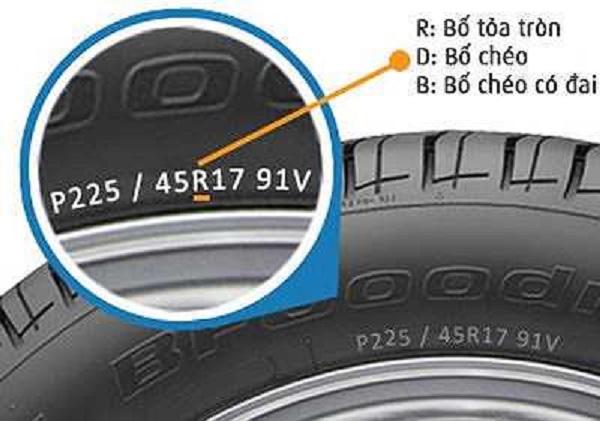
p> Everyone carries out the certain task. The carcass gives the tire its shape and stiffness. The next layers of pneumatic tires form a breaker - an intermediate part of rubber between the tread and the carcass, which takes the main load when driving. The breaker is fixed with a metal cord.
Tires differ in the structure of the carcass and breaker, the location and material for the manufacture of cord threads. Today, many manufacturers offer radial and diagonal tires for cars. Let us consider in more detail the structural features, differences, advantages and disadvantages of these tires.
The carcass of the tire consists of a multi-layer cord, the threads of which are “laid” at an angle of 35-40 degrees from one side to the other strictly diagonally. Threads adjacent to each other cross exactly in the middle of the tire tread, providing high carcass reliability. Accordingly, overlapping threads are possible only with an even number of cord layers: 2, 4, 6 or 8. Cord threads in diagonal tires are made of synthetic materials: capron or nylon.
Cord threads in diagonal tires are made of synthetic materials: capron or nylon.
Advantages:
The disadvantages include:
Such models can be seen on special equipment - wheeled tractors, excavators.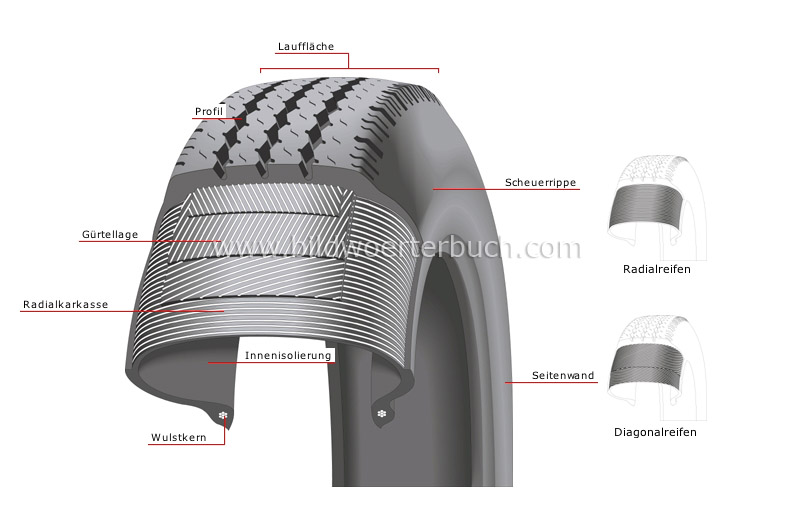
How to install diagonal tires? To install tires with a directional tread pattern, you must follow a special marking. Usually this is an arrow on the side of the wheel, indicating the desired direction of rotation.
The frame has one layer. The radiality of a car tire is determined by the type of placement of the cord threads, which are laid along the tire tread at an angle of 90 degrees without crossing. In addition, at the points of contact between the rubber and the road surface, the frame is reinforced with a “tight” belt - a metal cord. Unlike diagonal tires, the steel cord is made of a thin steel cable with a diameter of 0.15-0.30 mm. This material provides high strength in operation, resistance to overheating.
Advantages:
.jpg) Such a tire is much lighter than a diagonal tire.
Such a tire is much lighter than a diagonal tire. Flaws:
How to put radial tires on a car? A tire with a directional tread pattern must be installed, paying attention to the marking of the direction of movement - indicated by the arrow. If you use rubber with an asymmetrical tread type, then you should look for the inscription "Outside" (outside) on the sidewall. Additionally, on the inside of the rubber may be the inscription "Inside" (inside). Directional tires are also marked on the sides of the installation on the vehicle. Tires labeled "Left" are for the left wheels, and "Right" are for the right.
Winter Drive protection
Tires Goodyear UltraGrip Arctic 2 SUV
Winter Drive Protection Sound Comfort
Rating:
4.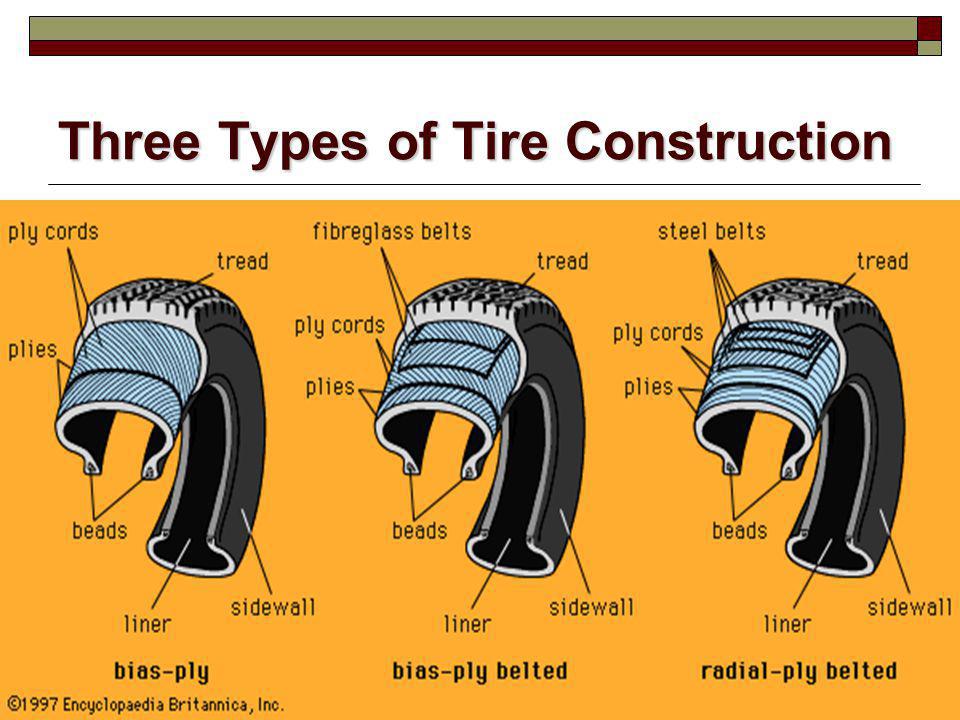 5
5
Tires Goodyear UltraGrip Ice 2
Winter Drive protection
Tires Goodyear UltraGrip Performance+ SUV
Winter Drive protection
Tires Goodyear UltraGrip Arctic 2
Winter Drive Protection Run On Flat Sound Comfort
Tires Goodyear UltraGrip Performance+
Manufacturers put on the side surface the main characteristics of the tire product: type of construction (radial or diagonal), dimensions (diameter, profile).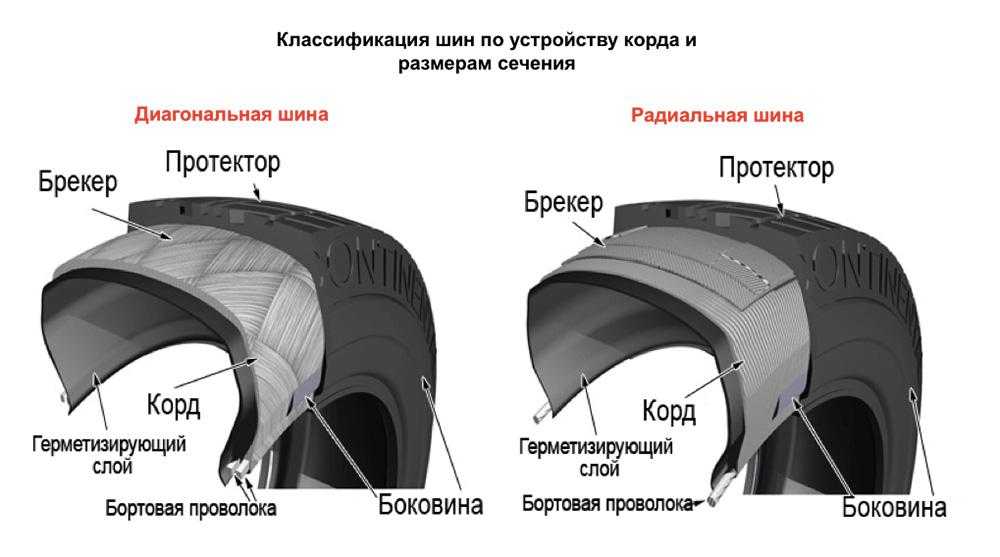 The marking system can be metric, inch or mixed.
The marking system can be metric, inch or mixed.
The difference between the marking of a radial tire and a diagonal one is the presence of the letter “R”. Further, the manufacturer can supply the size in millimeters - 185 / 60R15 or 185 R15. In two versions, 185 is the width of the tire, 60 is the height as a percentage of the width. The absence of a "slash" indicates that the tire has a full profile. That is, the profile height and tire width are the same.
How to distinguish a design with a diagonal cord structure? First, there are no letters in the marking. Secondly, the dimensions are in inches. Ordinary rubber can also differ from a full-profile tire by the presence of the “/” sign, respectively.
Let's highlight a few significant differences:
 In the first version, one layer, the threads are laid along the tire without crossing, a metal cord is used. In the second - a multilayer frame, threads made of synthetic materials, overlapped (crossed).
In the first version, one layer, the threads are laid along the tire without crossing, a metal cord is used. In the second - a multilayer frame, threads made of synthetic materials, overlapped (crossed). If you are the owner of a car or a small truck, the question of how to distinguish car tires simply will not arise.